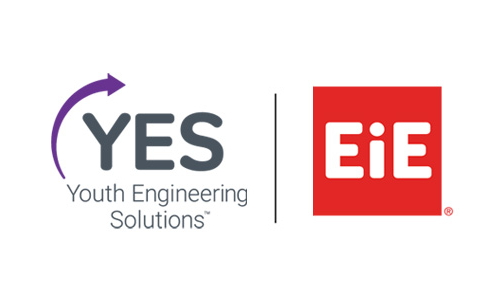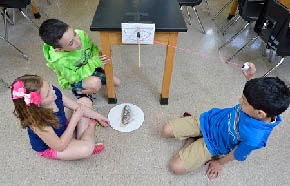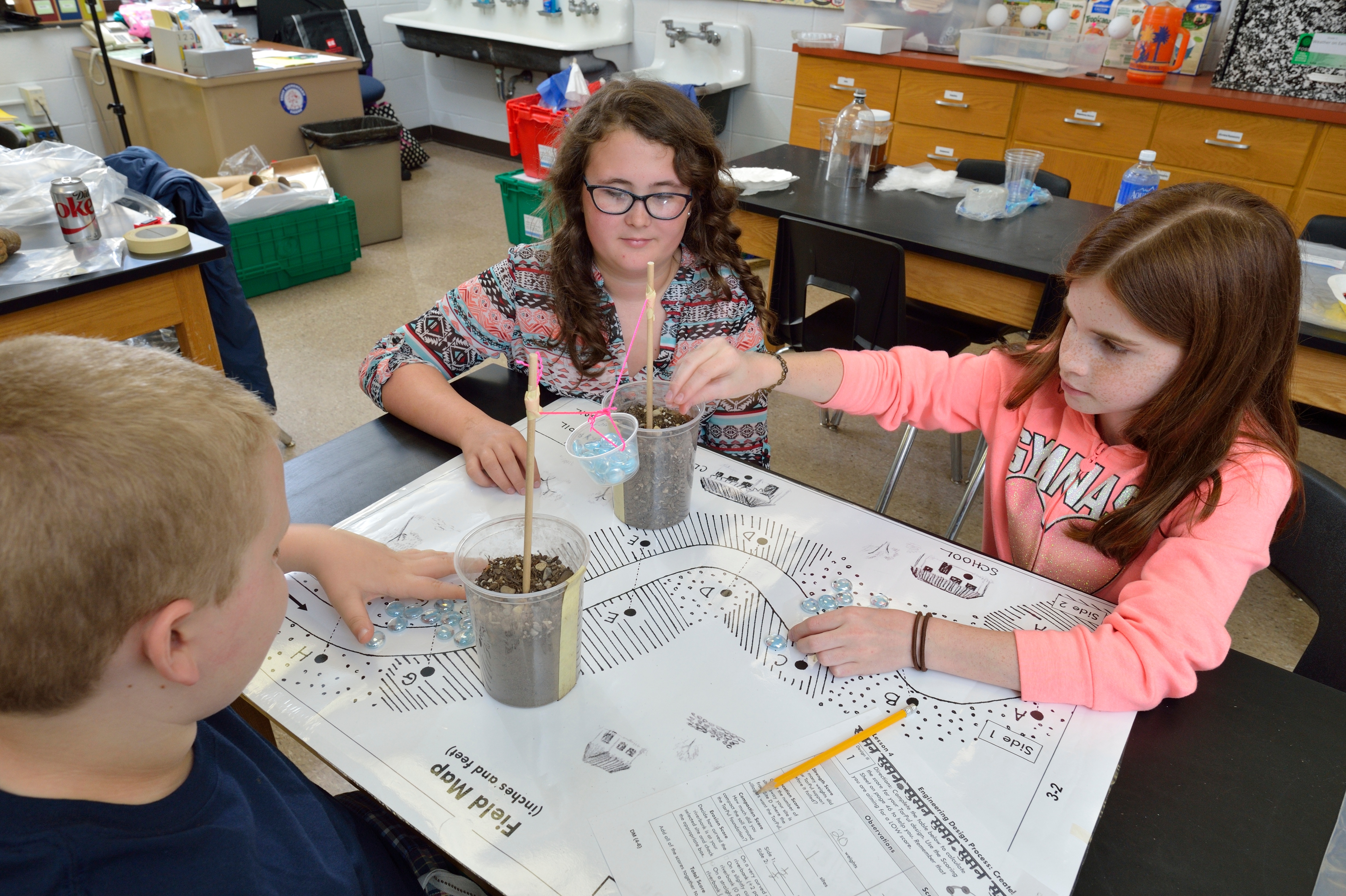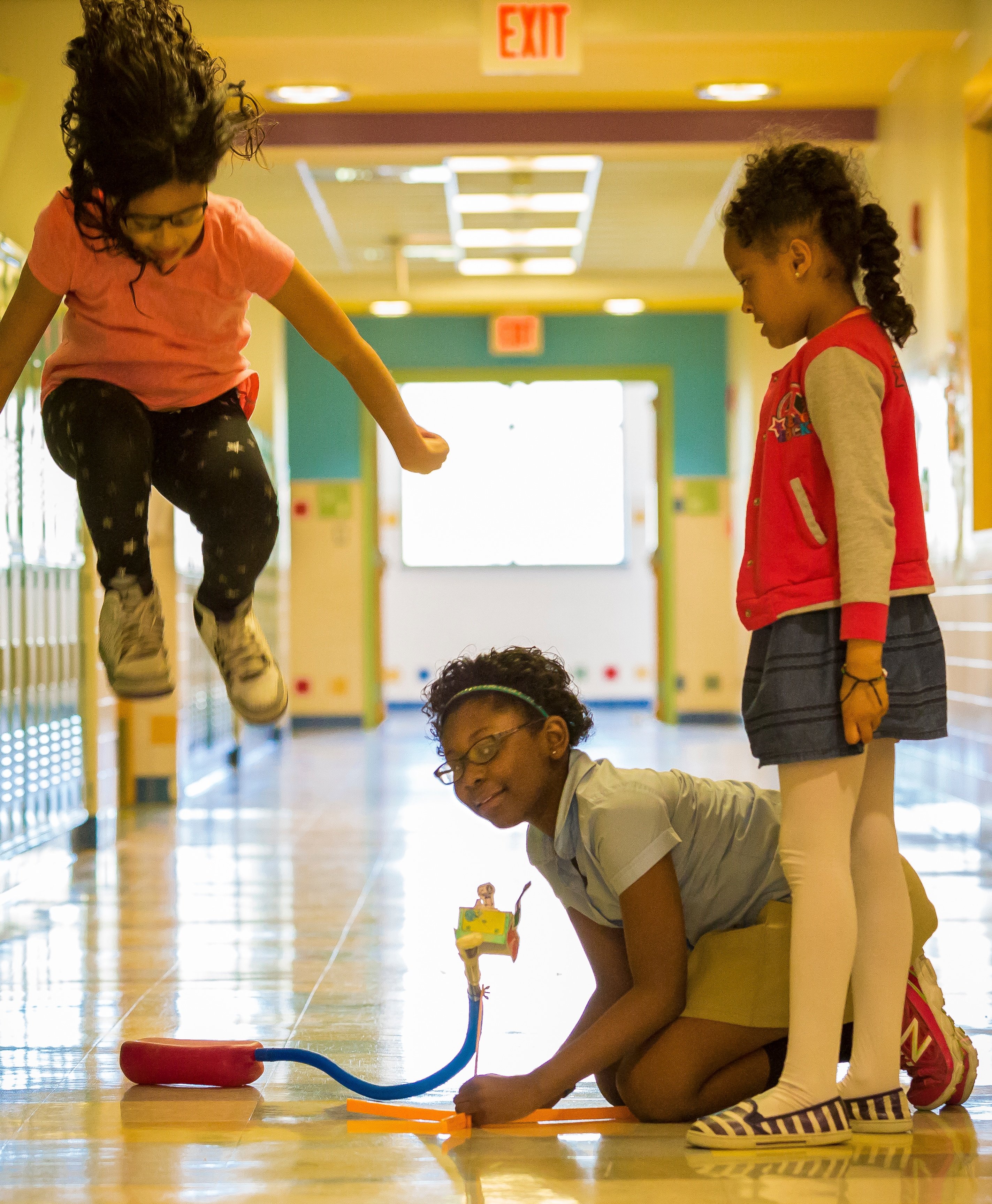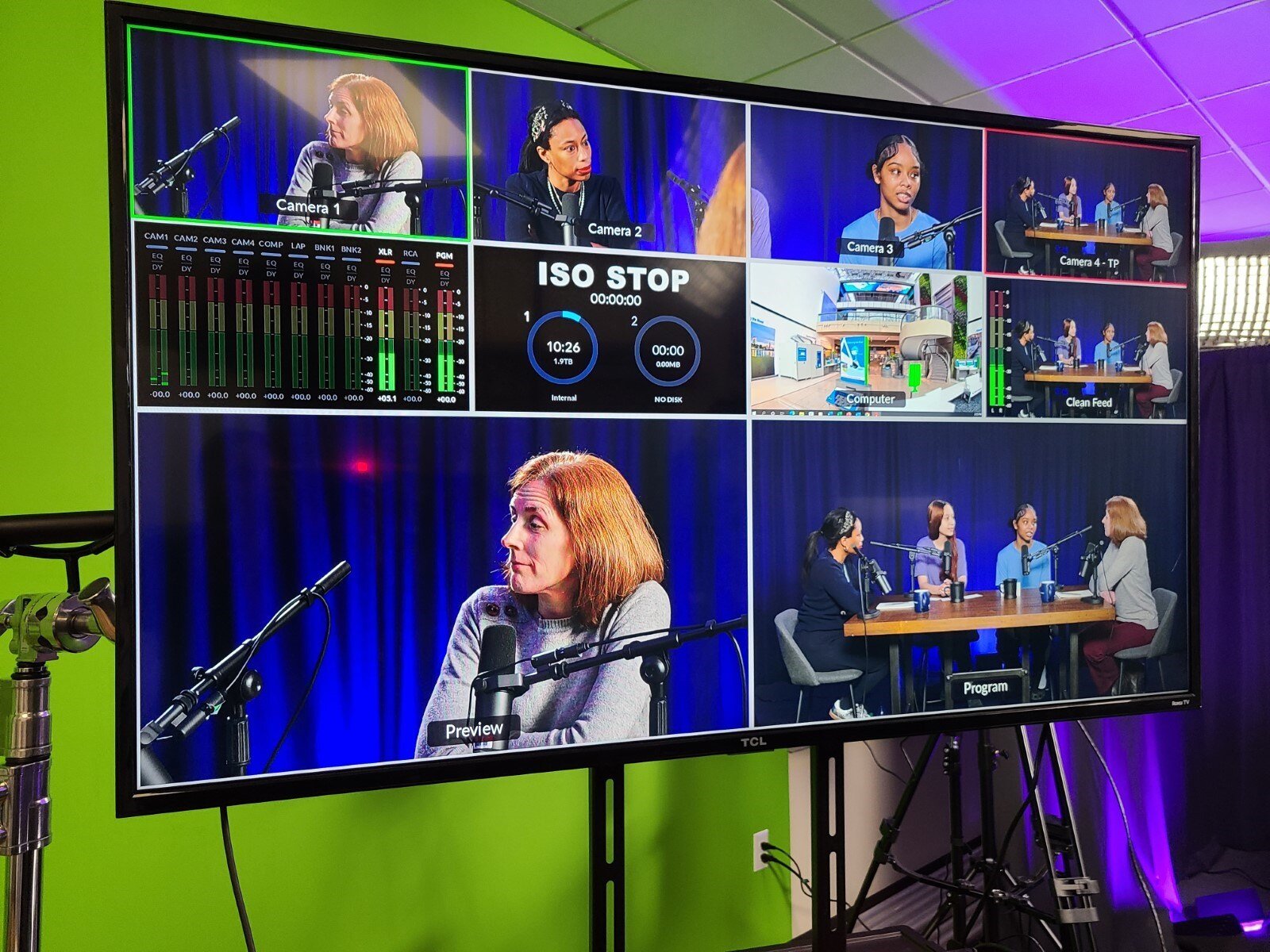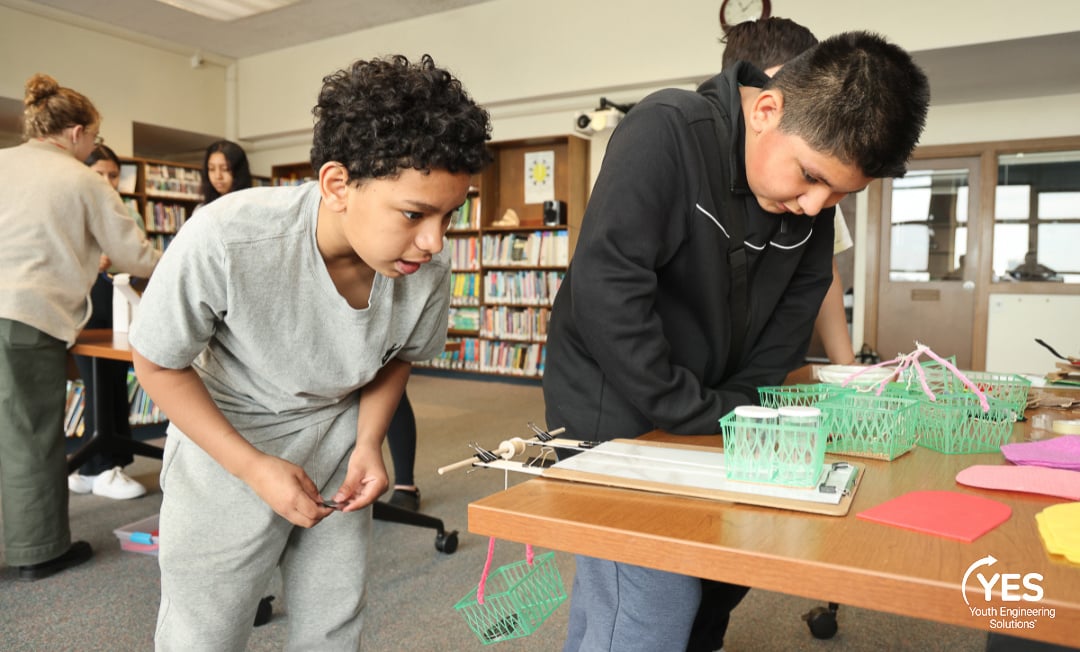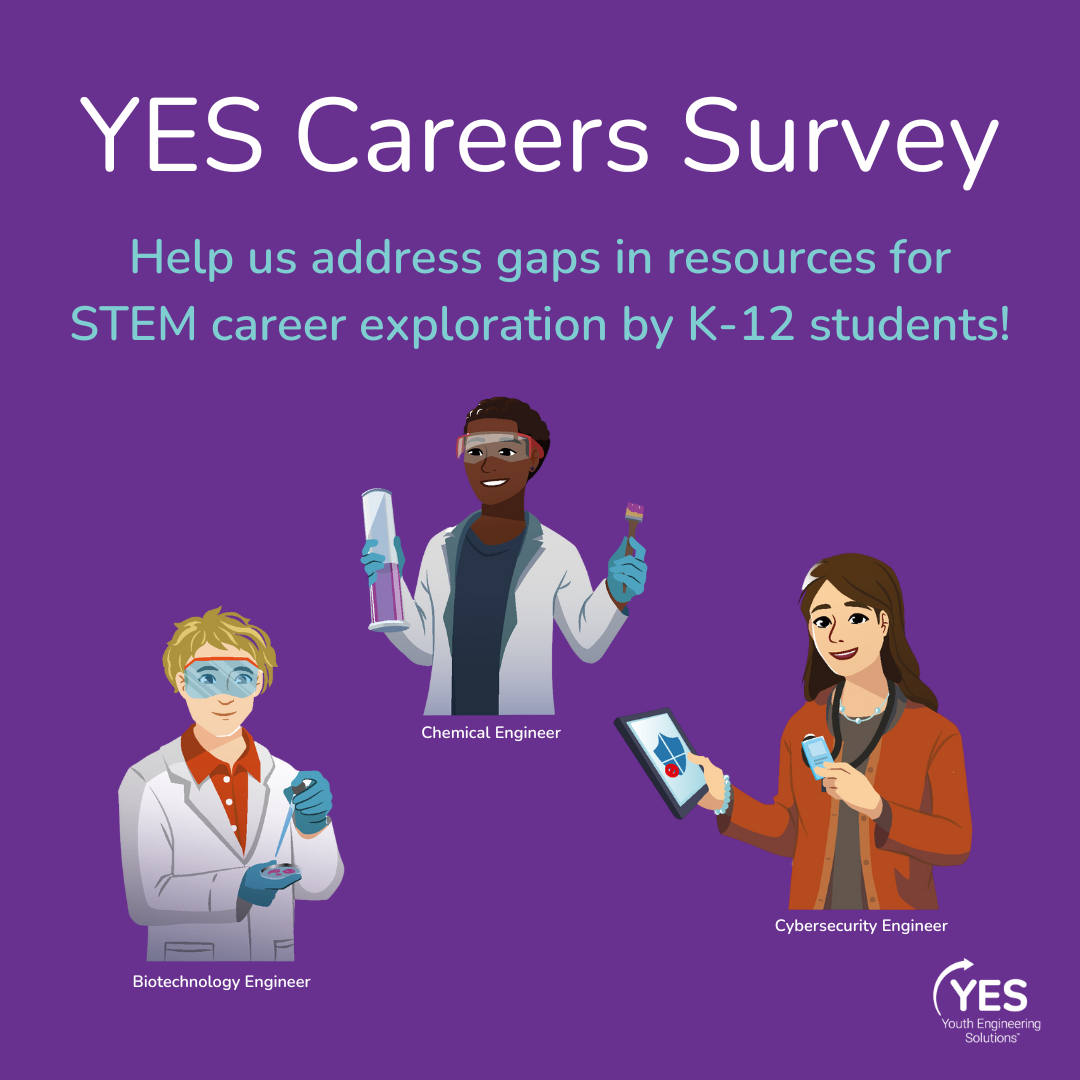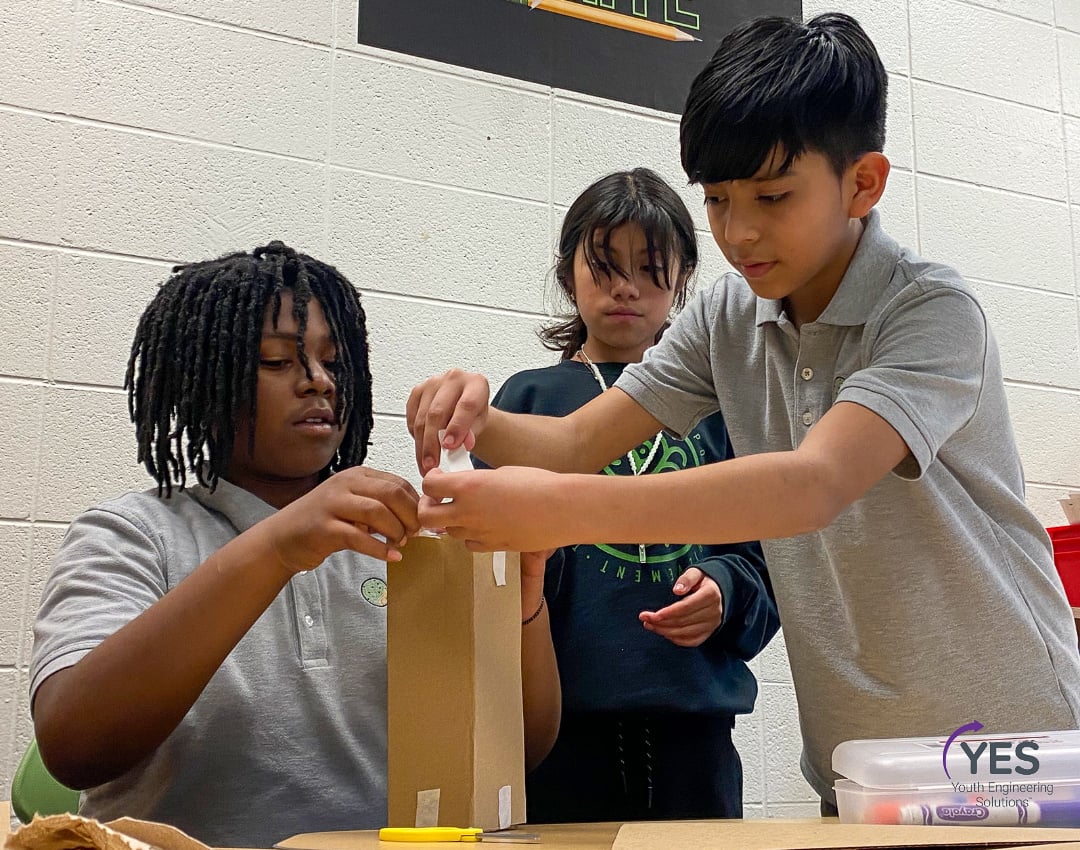Teachers often tell us that kids gravitate towards engineering when they learn how engineers help people. EiE’s real-world connections are often focused on helping others, and our civil engineering units exemplify that. Civil engineering is an exciting field for kids to consider: they all have experience with buildings and infrastructure, and they may not be aware of the career opportunities available to civil engineers. As infrastructure in the United States ages, the need for skilled civil engineers increases—the US Department of Labor projects that the demand for civil engineers will increase 8% by 2024. These five in-school and out-of-school-time units could kick-start an interest in civil engineering for your kids, and show them how some innovative engineering can help countless people.
EiE Resources for Teachers | Tuesday, February 7
5 EiE Units for Budding Civil Engineers
EiE Teaching Tips | Thursday, March 3
Ask EiE: Can I Omit the Improve Step?
Q: When my students work on an engineering design challenge, do they HAVE to do the "Improve" step? It takes extra time, and I feel like they've already learned what they need to know from their first designs.
A: Please don't skip the "Improve" step! That's when crucial learning happens.
Engineering Habits of Mind | Monday, January 23
Assessing the Implications of Solutions is an Engineering Habit of Mind
Today’s guest blogger is Kate Sokol, a curriculum designer for EiE.
As a curriculum writer for Engineering is Elementary, I’m always thinking about developing activities that promote engineering habits of mind. Many habits of mind; like “collaboration,” “communication,” and “creativity”; naturally integrate with the type of hands-on engineering activities that we develop, and are often used to describe the work of engineers. Other habits, like the call for “ethical considerations,” require deliberate reflection to fully integrate into the K-8 classroom. The idea of ethics in engineering may seem like a daunting topic to navigate with students, but the power of critical thinking and the opportunity for students to consider the impact of their decisions has never been more important.
EiE Teaching Tips | Thursday, April 26
Resources for Crosscurricular Integration
If you’re interested in learning more about crosscurricular integration, we have a plethora of resources available on our website and in our blog. Here are a few resources to help you integrate engineering into other subject areas.
EiE Resources for Teachers | Tuesday, January 17
Real-World Connections: Black History Month
At EiE, we know that kids who develop engineering habits of mind see themselves as engineers. One of the most powerful ways you can help kids envision themselves as engineers is to present them with role models that they can identify with. It’s why our storybooks feature diverse characters from all over the globe. We believe that incorporating historical and cultural connections into engineering is a great way to make lessons relevant to kids in the classroom. If you’re an educator trying to help kids see themselves as engineers, consider taking some time this February, Black History Month, to introduce your kids to a few prominent black engineers who made important contributions to the field.
